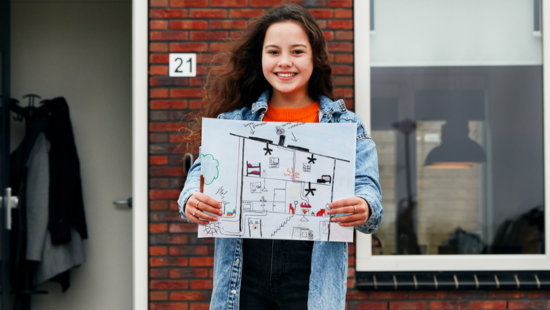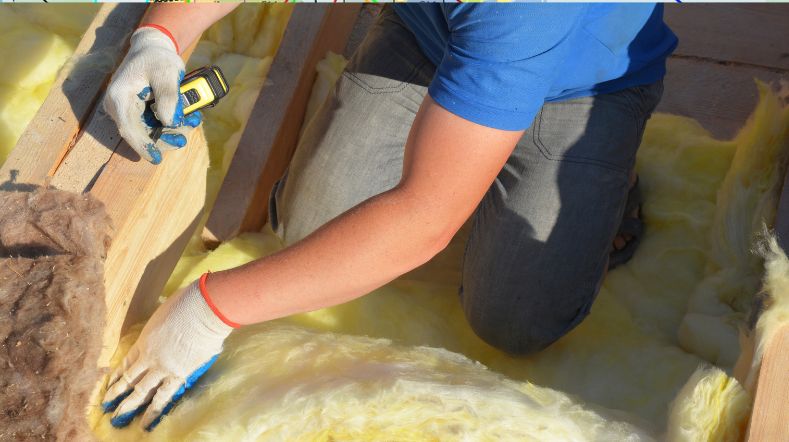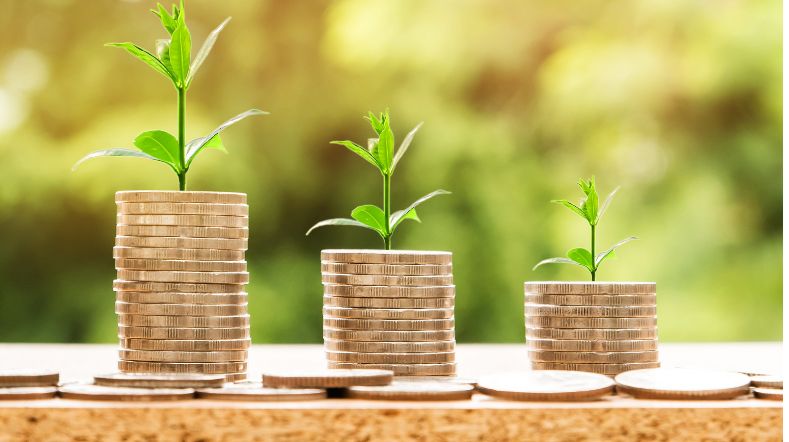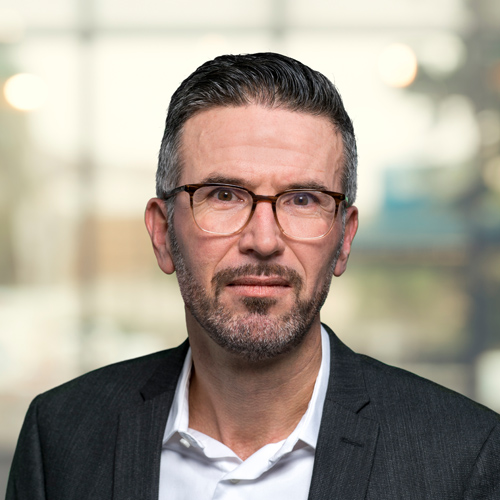Energy transition behaviour and social innovation
How do we get everyone on board with energy transition? We investigate what drives or inhibits consumers, and which processes play a role in this. Find out how social innovation plays a part in the energy transition.

The social aspects of the energy transition
We investigate what drives or inhibits consumers to participate in the energy transition, and which processes play a role in this.
Our latest developments
12 resultaten, getoond 1 t/m 5
Climate fund applications from the perspective of broad prosperity
TNO provides a reflection in January at the request of the Ministry of Economic Affairs and Climate Policy (KGG) on the effects on broad prosperity of the applications for the Climate Fund.


Local authorities see energy support as a key transition enabler in tackling energy poverty


Public support


Social innovation: The social aspects in the energy transition


The impact of alternative economic future concepts in the 'Beyond Growth' debate



